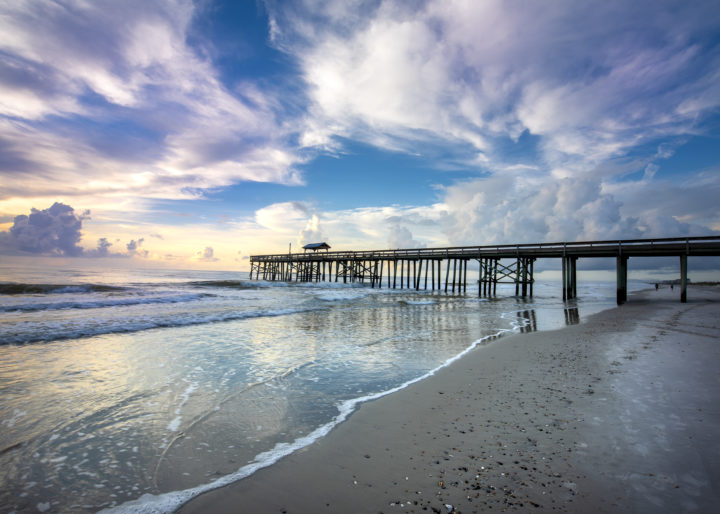The demographics in one of the country’s largest cities are about to change.
In 2017, only two of the largest cities in the United States were majority white: Columbus, Ohio and Jacksonville, Florida according to a report from The Associated Press.
Back in 2008, 42 percent of the population in Jacksonville identified as non-white. Data from the U.S. Census Bureau’s American Community Survey, however, found that in 2017, 49 percent of the population identified as non-white.
There were approximately 15,000 fewer white people in 2017 compared to the numbers in 2008; 32,000 more African Americans; 36,000 more Latinos; and 18,000 more Asians as reported in the AP.
With the city’s growing black, Hispanic, and Asian populations, Jacksonville is on the brink of becoming a minority-majority city.
With the changing demographics, Krista Paulsen, an urban sociologist at the University of North Florida, told The AP that needs around the city will change.
According to Paulsen, public spaces will be used differently by various racial groups. There have been a few occasions in cities across America where conflict has arisen after white residents responded with hostility to minority groups who are more “community-minded” than previous residents and using more public spaces.
“Growing minority populations might be more likely to need a more robust public transportation system, more public parks, and schools that are equipped to teach students who are learning English as a second language,” she stated. “Because changing demographics isn’t always obvious, sometimes needs go unmet.”
In this past election, for example, Duval County Supervisor of Elections Mike Hogan was found to have violated a federal court order for failing to provide sample ballots at early-voting sites in Spanish.
Jacksonville’s growth is due, in part, to international migration and the fact that births are outpacing deaths.
International migration made up for one-third of the city’s cumulative growth from 2010 to 2017, AP reports.
